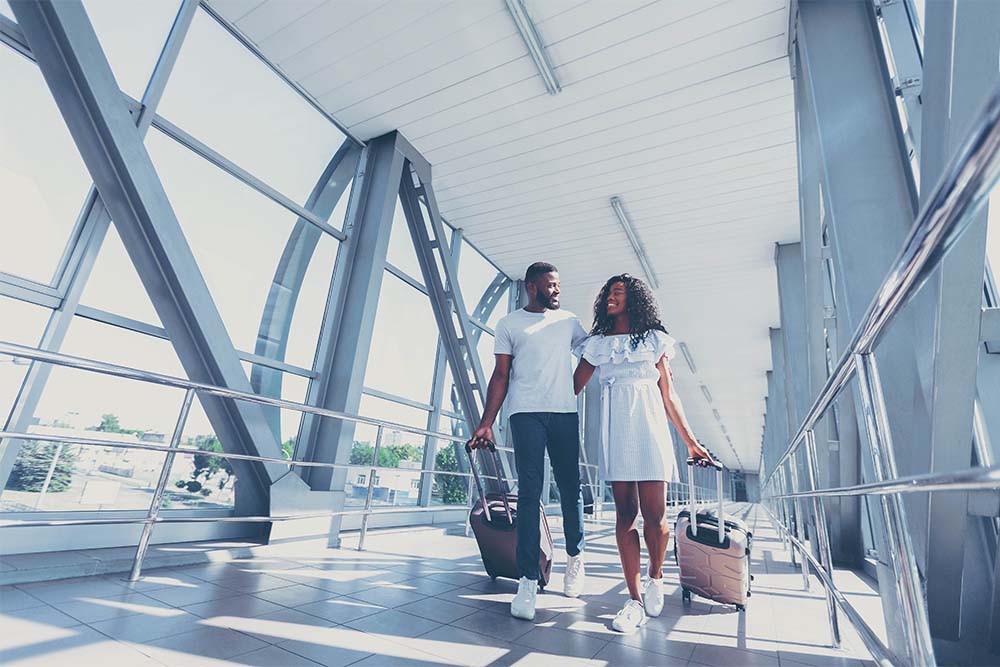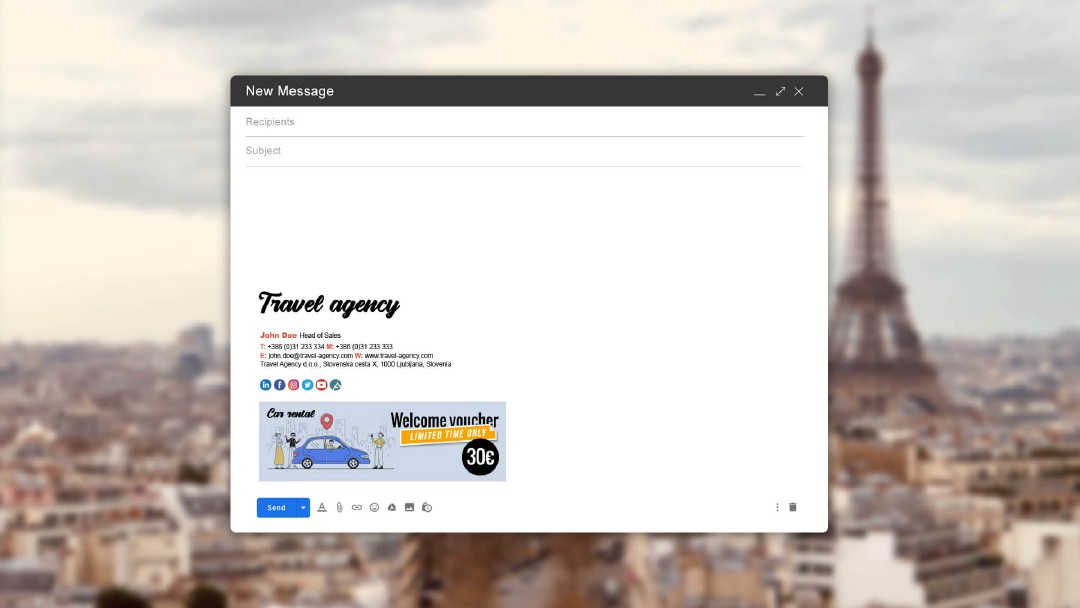Travel agency use case: Encourage everyone to travel, now and then

Covid has hit the tourism sector hard. Forecasts suggest that in 2020, it will suffer a loss of about 100 million jobs and GDP of EUR 2.7 trillion (source: The World Travel and Tourism Council). Booking Holding0s (Booking.com and others) reported a 51% drop in bookings in the first quarter and a 91% drop in Q2 2020. Similarly, Expedia Group (Hotels.com and others) revenue was down by 82% in the second quarter.
Once the pandemic is over, the way back up will be quite steep for tourism. A recent study by McKinsey & Company, an American consulting agency, showed that recovery to the situation before the pandemic will continue at least until 2024.
But travelers are also exploring at heart during the crisis. And they send informative inquiries. Prices are currently unpredictable, but the time is great for planning and getting informed. We can use this as an effective way to keep in touch with customers. If we answer each request together with the attached banner in the email signature, the sales effect is multiplied and remains long-term.
Let’s look at some examples of how every travel agency can build a relationship with customers even in times of crisis and later, thus enabling an easier and faster return to the market when the situation allows it.
1. Sales consultant: Upon inquiry
The sales consultant at the travel agency receives an inquiry for the destination chosen and prepares a proposal for suitable hotels and tours. The customer has several questions and so they exchange quite a few emails in 14 days. The sales consultant has advertising in his signature that positions the travel agency at the top of similar providers. Several different banners are thus exchanged in 14 days, which talk about the competitive advantages of the agency. The customer thus spontaneously learns that they only work with verified accommodation and carriers that have the highest hygiene standards; learns about the loyalty club and special benefits for families; and meets a sympathetic team of representatives at the locations. This information is an absolute final touch and the customer sovereignly and calmly confirms the reservation, although his inquiry was initially of a more informative nature due to the Covid situation.
2. Travel organizer: Upon confirmation of the offer
The travel organizer’s email has a different advertising campaign in the email signature. It informs customers who have confirmed the trip about additional services that may benefit them before and during the trip. Attractive banners are changing in his signature informing about:
- Health insurance while traveling abroad and a risk trip cancellation insurance
- The new “Doctor on the Go” service
- Organization of the most favorable airline, skiing and event tickets
- The possibility of a favorable car rental at the place of holiday
- Booking of optional excursions, and
- VIP personal guide option

After confirmation of the trip by the organizer, the client receives 3 emails related to his trip, so he surely reads them to the end and notices the banner. As the banners are changing, at least 3 additional sales opportunities are spontaneously activated. If the customer writes back and receives a response from the travel organizer, there are even more additional sales moments. Spontaneous and unobtrusive.
3. Customer care: After the trip
After the trip, the customer service department always conducts a short satisfaction survey. Besides the survey questionnaire, the client also receives a thank-you note via email. In both cases, he notices a banner striving toward retaining loyalty:
- Either offers a discount code for the next arrangement
- VIP gift on the next visit to the branch
- Brings additional loyalty points to all members of the Club
Thus, banners in the email signatures of employees can be fun, always interesting and welcome, but spontaneous and unobtrusive every time. And they create as many sales opportunities as there are emails sent.
Try AdSigner for free.


